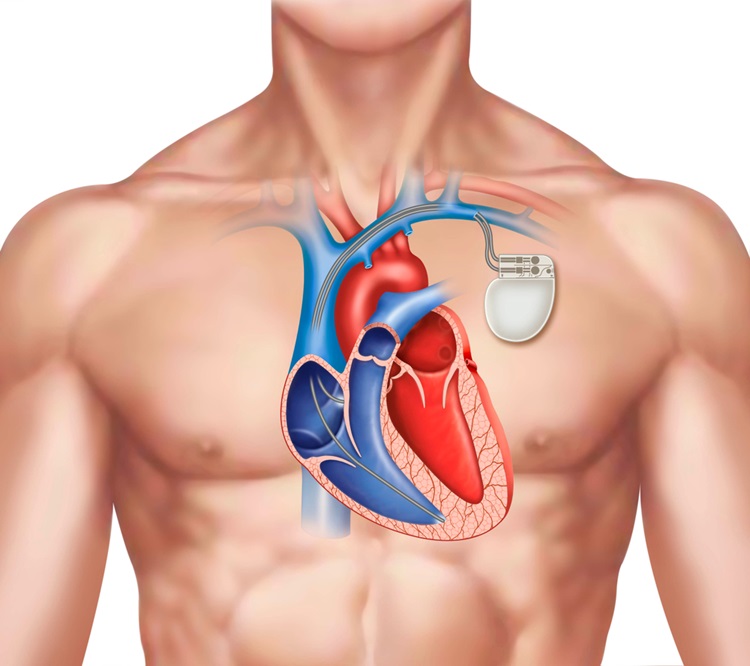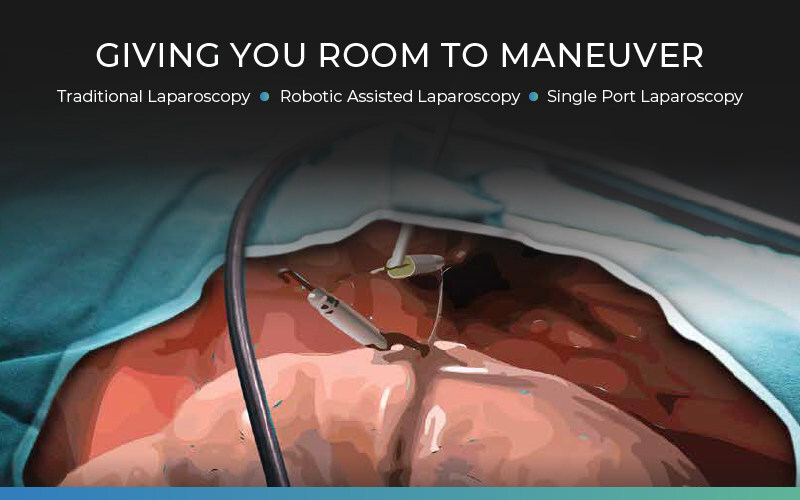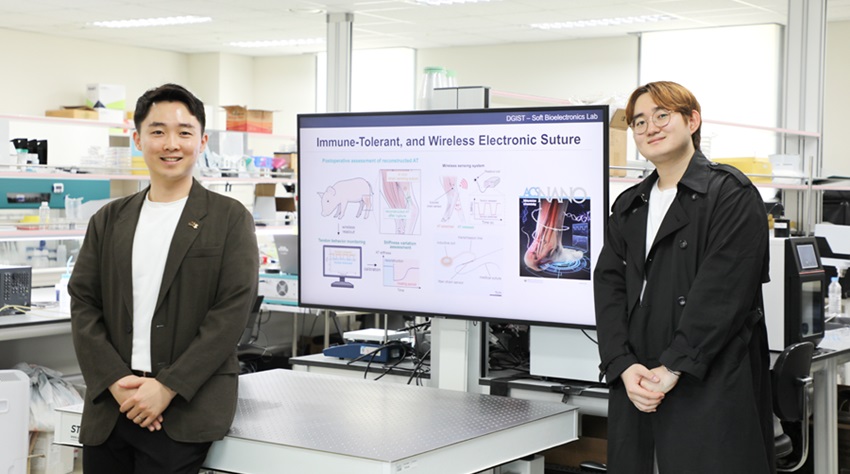Interactive E-Health Solution Supports Healthy Aging
|
By HospiMedica International staff writers Posted on 06 Mar 2018 |

Image: New research suggests an interactive Internet-based solution can help seniors stay healthy (Photo courtesy of Alamy).
A new study describes how an Internet-based multi-domain platform can help senior citizens prevent cardiovascular disease (CVD), cognitive decline and dementia.
Developed by researchers at the University of Eastern Finland (UEF; Viestintä, Finland), Toulouse University (France), and other institutions, Healthy Aging Through Internet Counseling in the Elderly (HATICE) is an Internet-based intervention designed to improve the CVD risk profile of older adults. HATICE, which is based on several guidelines for CVD risk management, is administered through a coach-supported interactive, platform to over 2,500 senior community-dwellers in Finland, France, and the Netherlands.
The program focused on promoting the awareness and self-management of hypertension, dyslipidemia, diabetes mellitus, and overweight, and supporting smoking cessation, participating in physical activity, and maintaining a healthy diet in study participants. Country guidelines for the prevention of CVD were integrated in order to develop a lifestyle-counseling program within the HATICE platform, which could be consistently applicable in the local setting. Minor country-specific adaptations were implemented to maximize intervention feasibility.
Half of the study participants have access to an Internet platform where they can follow their CVD risk factors and find information on how to reduce them by improving their lifestyle. Through the platform, they can also interact with a specialized nurse for extra guidance and support. The other half of the study’s participants has access to a simplified platform, with only basic information and no interactive features. The researchers will compare the results in lifestyle and health status in further studies. The study was published on February 20, 2018, in the Journal of Alzheimer’s Disease.
“The possibility of devising common preventive programs throughout Europe and delivering them through the Internet means that we may be able to reach a larger portion of the population in a simpler and cost-effective way,” concluded lead author Barbera Mariagnese, MD, PhD, of UFE, and colleagues. “Despite differences in CVR management within the countries considered, it was possible to design and implement the HATICE multi-domain intervention.”
Related Links:
University of Eastern Finland
Toulouse University
Developed by researchers at the University of Eastern Finland (UEF; Viestintä, Finland), Toulouse University (France), and other institutions, Healthy Aging Through Internet Counseling in the Elderly (HATICE) is an Internet-based intervention designed to improve the CVD risk profile of older adults. HATICE, which is based on several guidelines for CVD risk management, is administered through a coach-supported interactive, platform to over 2,500 senior community-dwellers in Finland, France, and the Netherlands.
The program focused on promoting the awareness and self-management of hypertension, dyslipidemia, diabetes mellitus, and overweight, and supporting smoking cessation, participating in physical activity, and maintaining a healthy diet in study participants. Country guidelines for the prevention of CVD were integrated in order to develop a lifestyle-counseling program within the HATICE platform, which could be consistently applicable in the local setting. Minor country-specific adaptations were implemented to maximize intervention feasibility.
Half of the study participants have access to an Internet platform where they can follow their CVD risk factors and find information on how to reduce them by improving their lifestyle. Through the platform, they can also interact with a specialized nurse for extra guidance and support. The other half of the study’s participants has access to a simplified platform, with only basic information and no interactive features. The researchers will compare the results in lifestyle and health status in further studies. The study was published on February 20, 2018, in the Journal of Alzheimer’s Disease.
“The possibility of devising common preventive programs throughout Europe and delivering them through the Internet means that we may be able to reach a larger portion of the population in a simpler and cost-effective way,” concluded lead author Barbera Mariagnese, MD, PhD, of UFE, and colleagues. “Despite differences in CVR management within the countries considered, it was possible to design and implement the HATICE multi-domain intervention.”
Related Links:
University of Eastern Finland
Toulouse University
Latest Health IT News
- Machine Learning Model Improves Mortality Risk Prediction for Cardiac Surgery Patients
- Strategic Collaboration to Develop and Integrate Generative AI into Healthcare
- AI-Enabled Operating Rooms Solution Helps Hospitals Maximize Utilization and Unlock Capacity
- AI Predicts Pancreatic Cancer Three Years before Diagnosis from Patients’ Medical Records
- First Fully Autonomous Generative AI Personalized Medical Authorizations System Reduces Care Delay
- Electronic Health Records May Be Key to Improving Patient Care, Study Finds
- AI Trained for Specific Vocal Biomarkers Could Accurately Predict Coronary Artery Disease
- First-Ever AI Test for Early Diagnosis of Alzheimer’s to Be Expanded to Diagnosis of Parkinson’s Disease
- New Self-Learning AI-Based Algorithm Reads Electrocardiograms to Spot Unseen Signs of Heart Failure
- Autonomous Robot Performs COVID-19 Nasal Swab Tests

- Statistical Tool Predicts COVID-19 Peaks Worldwide
- Wireless-Controlled Soft Neural Implant Stimulates Brain Cells
- Tiny Polymer Stent Could Treat Pediatric Urethral Strictures
- Human Torso Simulator Helps Design Brace Innovations
- 3D Bioprinting Rebuilds the Human Heart
Channels
Artificial Intelligence
view channel
AI-Powered Algorithm to Revolutionize Detection of Atrial Fibrillation
Atrial fibrillation (AFib), a condition characterized by an irregular and often rapid heart rate, is linked to increased risks of stroke and heart failure. This is because the irregular heartbeat in AFib... Read more
AI Diagnostic Tool Accurately Detects Valvular Disorders Often Missed by Doctors
Doctors generally use stethoscopes to listen for the characteristic lub-dub sounds made by heart valves opening and closing. They also listen for less prominent sounds that indicate problems with these valves.... Read moreCritical Care
view channel
WHO Publishes First Global Guidelines to Reduce Bloodstream Infections from Catheter Use
Up to 70% of all inpatients require a catheter, specifically a peripherally inserted catheter (PIVC), at some point during their hospital stay. Patients who receive treatments via catheters are particularly... Read moreInnovative Material Paves Way for Next-Generation Wearable Devices
Wireless modules that integrate telecommunications and power-harvesting capabilities, powered by radio-frequency (RF) electronics, are crucial for advancing skin-interfaced stretchable electronics.... Read moreSurgical Techniques
view channel
New Adhesive Hydrogel Coatings to Prolong Lifespan of Pacemakers and Medical Implants
When medical devices such as pacemakers are implanted in the body, they often trigger an immune response that results in the accumulation of scar tissue around the device. This scarring, known as fibrosis,... Read more
Maneuvering System Empowers Surgeons with Enhanced Control during Laparoscopic Procedures
Minimally invasive surgery (MIS) techniques have transformed patient care by providing less invasive options compared to traditional open surgeries. These methods often involve smaller cuts, less tissue... Read more
New Two-Dimensional Material Paves Way for Safer, More Effective Implantable Medical Devices
Borophene, first synthesized in 2015, is an atomically thin version of boron that surpasses graphene—the two-dimensional (2D) version of carbon—in conductivity, thinness, lightness, strength, and flexibility.... Read morePatient Care
view channelFirst-Of-Its-Kind Portable Germicidal Light Technology Disinfects High-Touch Clinical Surfaces in Seconds
Reducing healthcare-acquired infections (HAIs) remains a pressing issue within global healthcare systems. In the United States alone, 1.7 million patients contract HAIs annually, leading to approximately... Read more
Surgical Capacity Optimization Solution Helps Hospitals Boost OR Utilization
An innovative solution has the capability to transform surgical capacity utilization by targeting the root cause of surgical block time inefficiencies. Fujitsu Limited’s (Tokyo, Japan) Surgical Capacity... Read more
Game-Changing Innovation in Surgical Instrument Sterilization Significantly Improves OR Throughput
A groundbreaking innovation enables hospitals to significantly improve instrument processing time and throughput in operating rooms (ORs) and sterile processing departments. Turbett Surgical, Inc.... Read morePoint of Care
view channel
Cartridge-Based Hemostasis Analyzer System Enables Faster Coagulation Testing
Quickly assessing a patient's total hemostasis status can be critical to influencing clinical outcomes and using blood products. Haemonetics Corporation (Boston, MA, USA) has now obtained 510(k) clearance... Read more
Critical Bleeding Management System to Help Hospitals Further Standardize Viscoelastic Testing
Surgical procedures are often accompanied by significant blood loss and the subsequent high likelihood of the need for allogeneic blood transfusions. These transfusions, while critical, are linked to various... Read moreBusiness
view channel
Johnson & Johnson Acquires Cardiovascular Medical Device Company Shockwave Medical
Johnson & Johnson (New Brunswick, N.J., USA) and Shockwave Medical (Santa Clara, CA, USA) have entered into a definitive agreement under which Johnson & Johnson will acquire all of Shockwave’s... Read more














.jpeg)
_1.jpg)



